Simrad RF70N Manual
Læs gratis den danske manual til Simrad RF70N (2 sider) i kategorien Ikke kategoriseret. Denne vejledning er vurderet som hjælpsom af 11 personer og har en gennemsnitlig bedømmelse på 4.9 stjerner ud af 6 anmeldelser.
Har du et spørgsmål om Simrad RF70N, eller vil du spørge andre brugere om produktet?

Produkt Specifikationer
| Mærke: | Simrad |
| Kategori: | Ikke kategoriseret |
| Model: | RF70N |
Har du brug for hjælp?
Hvis du har brug for hjælp til Simrad RF70N stil et spørgsmål nedenfor, og andre brugere vil svare dig
Ikke kategoriseret Simrad Manualer
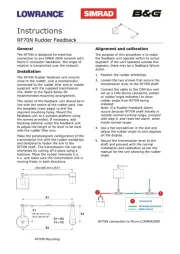
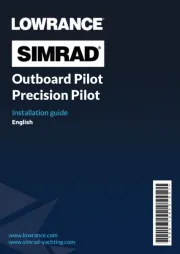
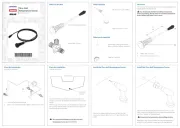
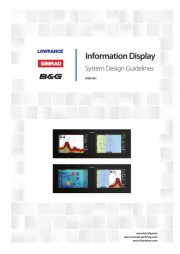
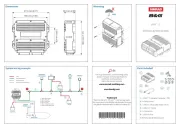

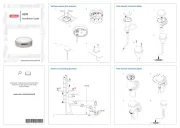


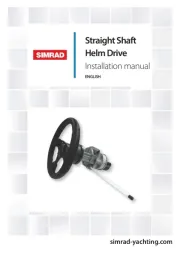
Ikke kategoriseret Manualer
- Finder
- EA Elektro Automatik
- TDX
- Orange
- Audiovox
- MultiDyne
- Cocraft
- Kindermann
- ASI
- AVPro Edge
- V-Zug
- APPS2Car
- Leitner
- Robbe
- Sun Dolphin
Nyeste Ikke kategoriseret Manualer









